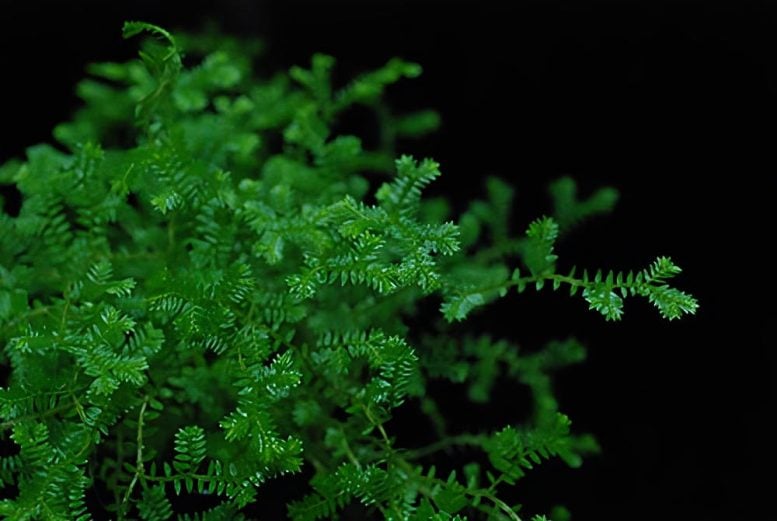
Selaginella. Credit: Vicky Spencer
Scientists at the University of Bristol have made a groundbreaking discovery that challenges previously held beliefs about the origin of branching in plants. Through a comprehensive examination of the underlying processes that drive branching, the research team has uncovered what the earliest land plants were likely to have looked like millions of years ago.
Their findings have revealed a shared mechanism for branching in vascular plants, despite the fundamental differences in their growth patterns.
Dr. Jill Harrison from Bristol’s School of Biological Sciences explained: “Diverse shapes abound in the dominant flowering plant group, and gardeners will be familiar with ‘pinching out’ plants’ shoot tips to stimulate side branch growth, leading to a bushier overall form. However, unlike flowering plants, other vascular plants branch by splitting the shoot apex into two during growth, a process known as ‘dichotomy’.”
As an ancient vascular plant lineage that formed coal seams during the Carboniferous era, lycophytes preserve the ancestral pattern of dichotomous branching.
Using surgical experiments in a lycophyte, researchers at the University of Bristol have discovered that dichotomy is regulated by short-range auxin transport and co-ordinated in different parts of the plant by long-range auxin transport.
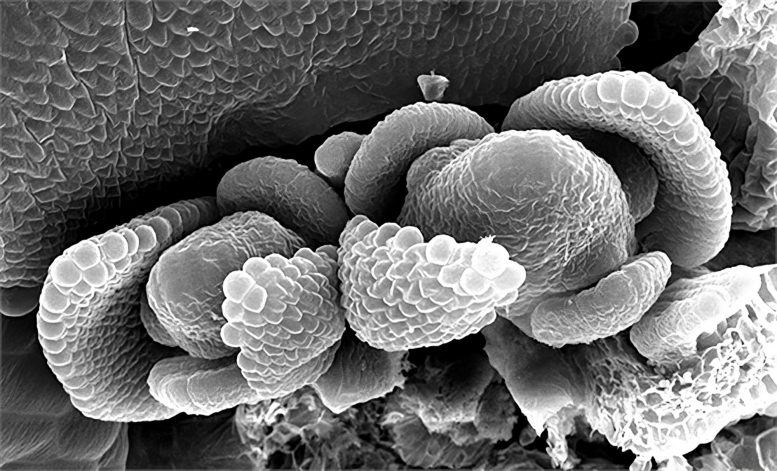
Selaginella root tip. Credit: Jill Harrison
Published in Development, the findings that both flowering plant and lycophyte branching are regulated by auxin transport imply that similar mechanisms were present in the earliest vascular plants around 420 million years ago.
By combining these findings with discoveries made in the non-vascular, non-branching moss group we can infer what the first land plants looked like around 480 million years ago. Previously, Dr. Harrison’s lab disrupted auxin transport in a moss, leading it to branch in a similar manner to the earliest branching fossils.
Together these studies imply that the earliest land plants were branched, and that branching was lost during the evolution of non-vascular mosses.
Dr. Jill Harrison explained: “The greening of the land by plants paved the way for all terrestrial life to evolve as it provided food for animals and oxygen to breathe, and branching was a key innovation in the radiation of land plants. Our work implies that branching evolved earlier than thought, which is an important evolutionary conclusion. Aside from that, the fact that we have shown that plants that are so distantly related use the same genetic mechanisms to regulate branching brings great potential to transfer knowledge in engineering plant shape to improve future productivity and yield.”
Reference: “Diverse branching forms regulated by a core auxin transport mechanism in plants” by Victoria M. R. Spencer, Lucy Bentall and C. Jill Harrison, 15 March 2023, Development.
DOI: 10.1242/dev.201209


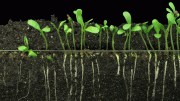

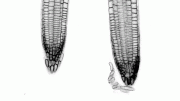

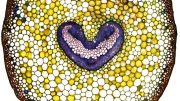
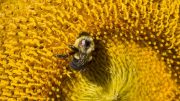

Be the first to comment on "New Discovery Challenges Previously Held Beliefs About the Origin of Branching in Plants"